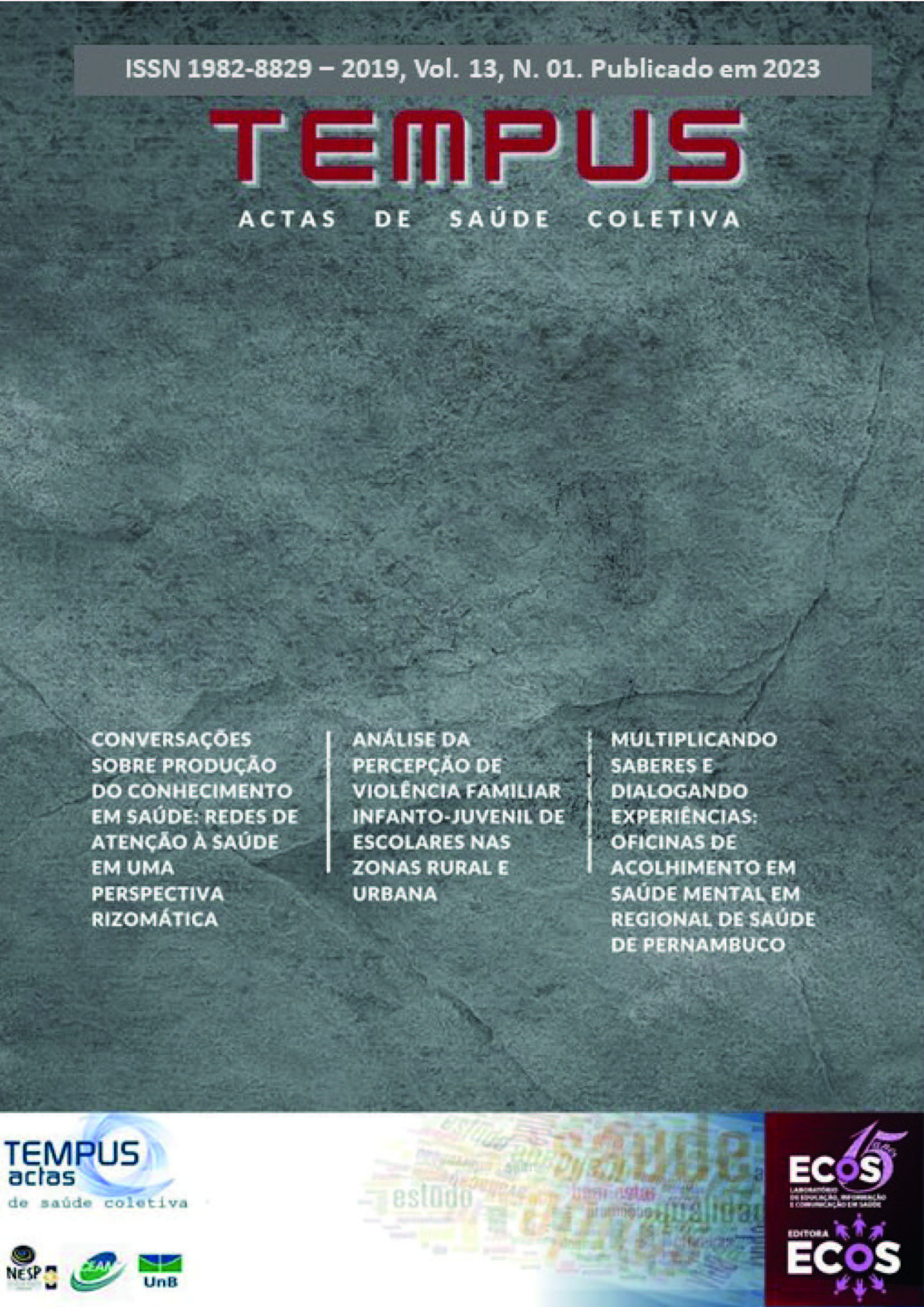Abstract
Diabetics’ foot ulcers are one of the main complications developed by individuals with diabetes, being responsible for a high morbimortality rate. Among the proposed therapies, low intensity laser therapy and the application of sunflower oil (Helianthus annuus) appears as an alternative for diabetic foot ulcers. Objective: To evaluate the efficacy of low intensity laser therapy and Helianthus annuus oil, in isolation and in combination, without repair of ulcers in the diabetic foot. Methods: Sample was 32 diabetic patients with ulcers, randomly divided into 4 equal groups: Group C: Control. AGE Group: Helianthus annuus oil, LILT Group: Low intensity laser therapy, LILT + AGE Group. The components of Group C were instructed to clean and AGE applied 5 ml of oil to the ulcers for 30 days. For the LILT and LILT + AGE groups, the treatment protocol was completed. All the research participants were submitted to, before and after the application of the therapeutic protocols proposed, ulcer macroscopic evaluations, colored Doppler ultrasound, Ankle-Brachial Index and to the Brief Pain Inventory. Results: The research showed a statistically significant difference among the groups (p< 0.05), it was observed that Group C presented an increase in the whole injury area; Group AGE presented a stabilization in the whole ulcer area, however without any case with a complete repair percentage; Groups LLLT and LLLT+AGE showed a clear reduction in the ulcer area as well as significant relief of pain (p< 0.05), and consequently improved quality of life. Conclusion: The LLLT strengthens the acceleration of the tissue repair process in diabetics’ foot, besides presenting an important analgesic action in the patients studied and that the association of LLLT to the Helianthus annuus oil presents itself as an important therapeutic strategy.
References
Malta DC, Silva JB. Plano de Ações Estratégicas para o Enfrentamento das Doenças Crônicas Não Transmissíveis no Brasil após três anos de implantação, 2011-2013. Epidemiologia e Serviços de Saúde. 2014;23(3):389-95.
Chamlian TR, Varanda RR, Pereira CL, Resende JM, Faria CC. Perfil epidemiológico dos pacientes amputados de membros inferiores atendidos no Lar Escola São Francisco entre 2006 e 2012. Acta fisiátrica. 2016;20(4):219-23.
Frade MA, Cursi IB, Andrade FF, et al. Úlcera de perna: um estudo de casos em Juiz de Fora-MG (Brasil) e região Leg ulcer: an observational study in Juiz de Fora, MG (Brazil) and region. An Bras Dermatol. 2005;80(1):41-6.
Dias IF, Siqueira CP, Toginho Filho Do, et al. Efeitos da luz em sistemas biológicos. Semina: Ciências Exatas e Tecnológicas. 2009;30(1):33-40.
Li, S., Wang, C., Wang, B., et al. Efficacy of low-level light therapy for treatment of diabetic foot ulcer: A systematic review and meta-analysis of randomized controlled trials. Diabetes research and clinical practice. 2018;143:215-224.
De Lima TM, Gorjão R, Hatanaka E, et al. Mechanisms by which fatty acids regulate leucocyte function. Clinical Science. 2007;113(2):65-77.
Hatanaka E, Curi R. Ácidos graxos e cicatrização: uma revisão. Rev Bras Farmacol. 2007;88(2):53-8.
Ferreira AM, de Souza BM, Rigotti MA, Loureiro MR. Utilização dos ácidos graxos no tratamento de feridas: uma revisão integrativa da literatura nacional. Rev Esc Enferm USP. 2012;46(3):752-60.
Otranto M, Nascimento AP, Monte?Alto?Costa A. Effects of supplementation with different edible oils on cutaneous wound healing. Wound Repair and Regeneration. 2010;18(6):629-36.
Ullah F, Afridi AK, Rahim F, et al. Knowledge of diabetic complications in patients w
ith diabetes mellitus. J Ayub Med Col Abbottabad. 2015;27(2):360-3.
Sarandy MM, Novaes RD, da Matta SLP, et al. Ointment of Brassica oleracea var. capitata matures the extracellular matrix in skin wounds of wistar rats. Evidence-Based Complementary and Alternative Medicine. 2015;1-9.
Nasiri M, Fayazi S, Jahani S, Yazdanpanah L, Haghighizadeh MH. The effect of topical olive oil on the healing of foot ulcer in patients with type 2 diabetes: a double-blind randomized clinical trial study in Iran. J Diab Metabol Dis. 2015;14(1):1-10.
Santana CL, Silva DD, Deana AM, et al. Tissue responses to postoperative laser therapy in diabetic rats submitted to excisional wounds. PloS One. 2015;10(4):1-13.
Huang DW, Sherman BT, Lempicki RA. Systematic and integrative analysis of large gene lists using DAVID bioinformatics resources. Nature Protocols. 2009;4(1):44-57.
Batista JS, Silva AE, Rodrigues CM, et al. Avaliação da atividade cicatrizante do óleo de pequi (Caryocar coriaceum wittm) em feridas cutâneas produzidas experimentalmente em ratos. Arq Inst Biol. 2010;77(3):441-7.
Oliveira SH, Soares MJ, Rocha PS. Uso de cobertura com colágeno e aloe vera no tratamento de ferida isquêmica: estudo de caso. Rev Esc Enferm USP. 2010;44(2):346-51.
Dekker RG, Qin C, Ho BS, et al. The effect of cumulative glycemic burden on the incidence of diabetic foot disease. Journal of orthopaedic surgery and research, 2016;11(1):143-151.
Shatnawi N J, Al-Zoubi NA, Hawamdeh HM, et al. Predictors of major lower limb amputation in type 2 diabetic patients referred for hospital care with diabetic foot syndrome. Diabetes, metabolic syndrome and obesity: targets and therapy. 2018;11:313-319.
Júnior A, Amaral LAHD, Bastos MG, Nascimento LCD et al. Prevention of lower-limb lesions and reduction of morbidity in diabetic patients. Revista brasileira de ortopedia. 2014;49(5):482-487.
A Tempus garante critérios rigorosos, por meio de avaliação sistemática. Os autores se responsabilizam pela veracidade e ineditismo do trabalho cabendo a eles a cessão de direitos de publicação à revista. A confiabilidade dos conteúdos e a marca própria de apresentação tem como objetivo uma comunicação personalizada, adaptada aos padrões da revista, na medida em que adota critérios de excelência exigidos por seus usuários e especialistas, considerando os rigores da comunicação científica. Os autores devem especificar sua contribuição individual na concepção, delineamento, execução do trabalho, análise ou interpretação dos dados, redação e aprovação final do manuscrito. Incluir Fontes de financiamento e de apoio logístico das pesquisas. Ao final da submissão do artigo, os autores devem enviar uma declaração de cessão de direitos de publicação à Revista TEMPUS , assinada e no formato PDF (Portable Document Format ): Modelo da declaração de cessão de direitos.
